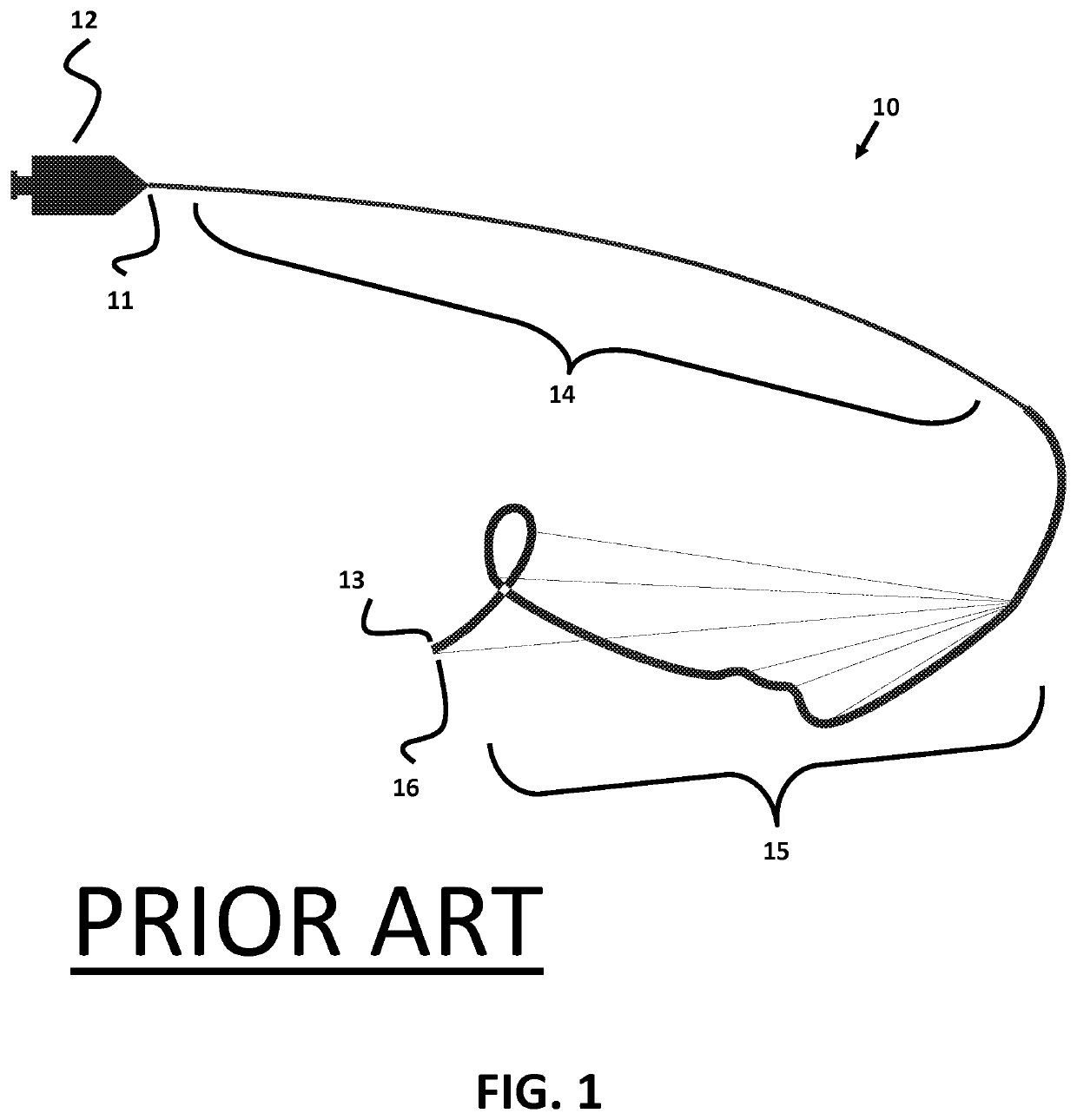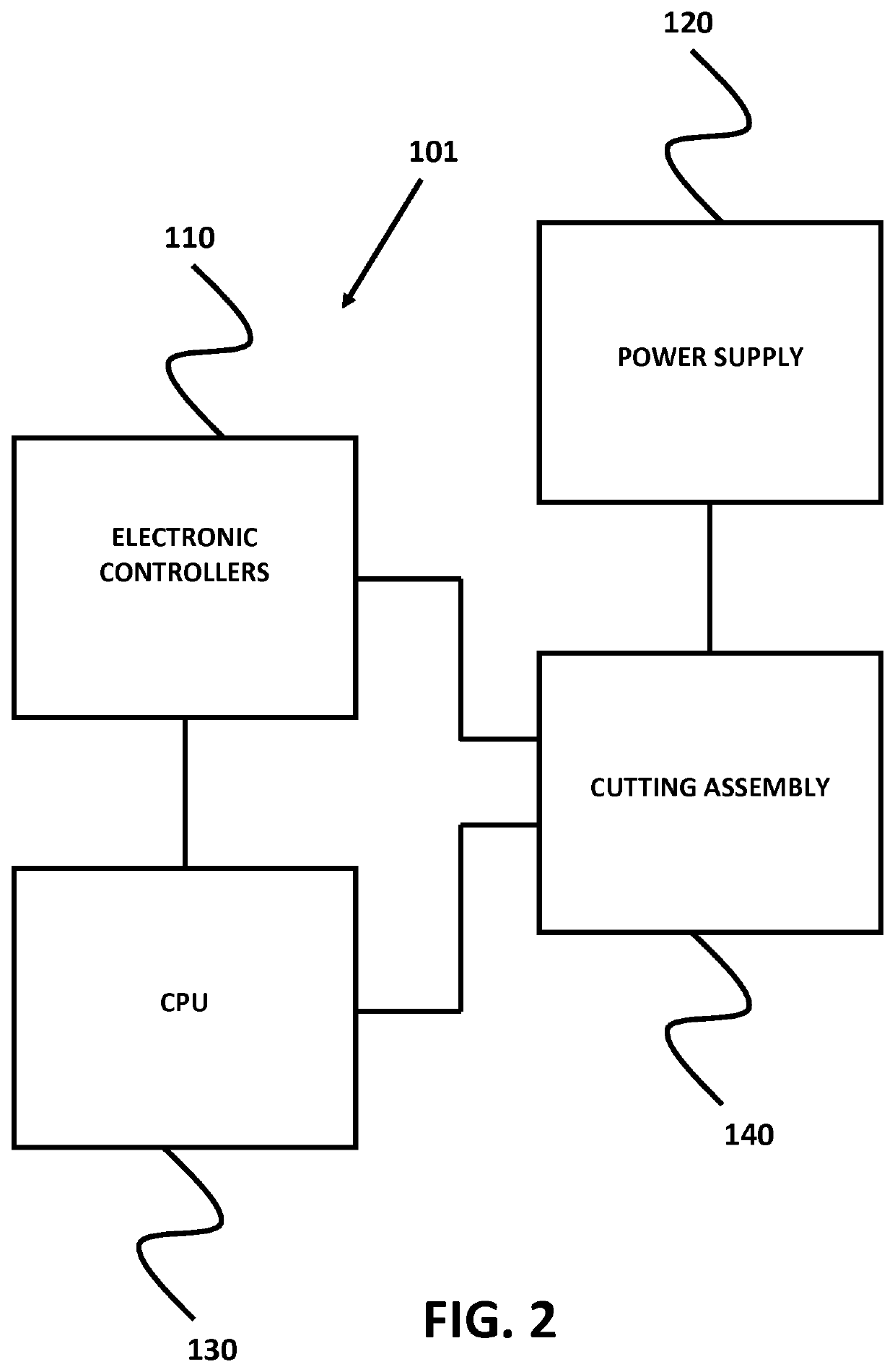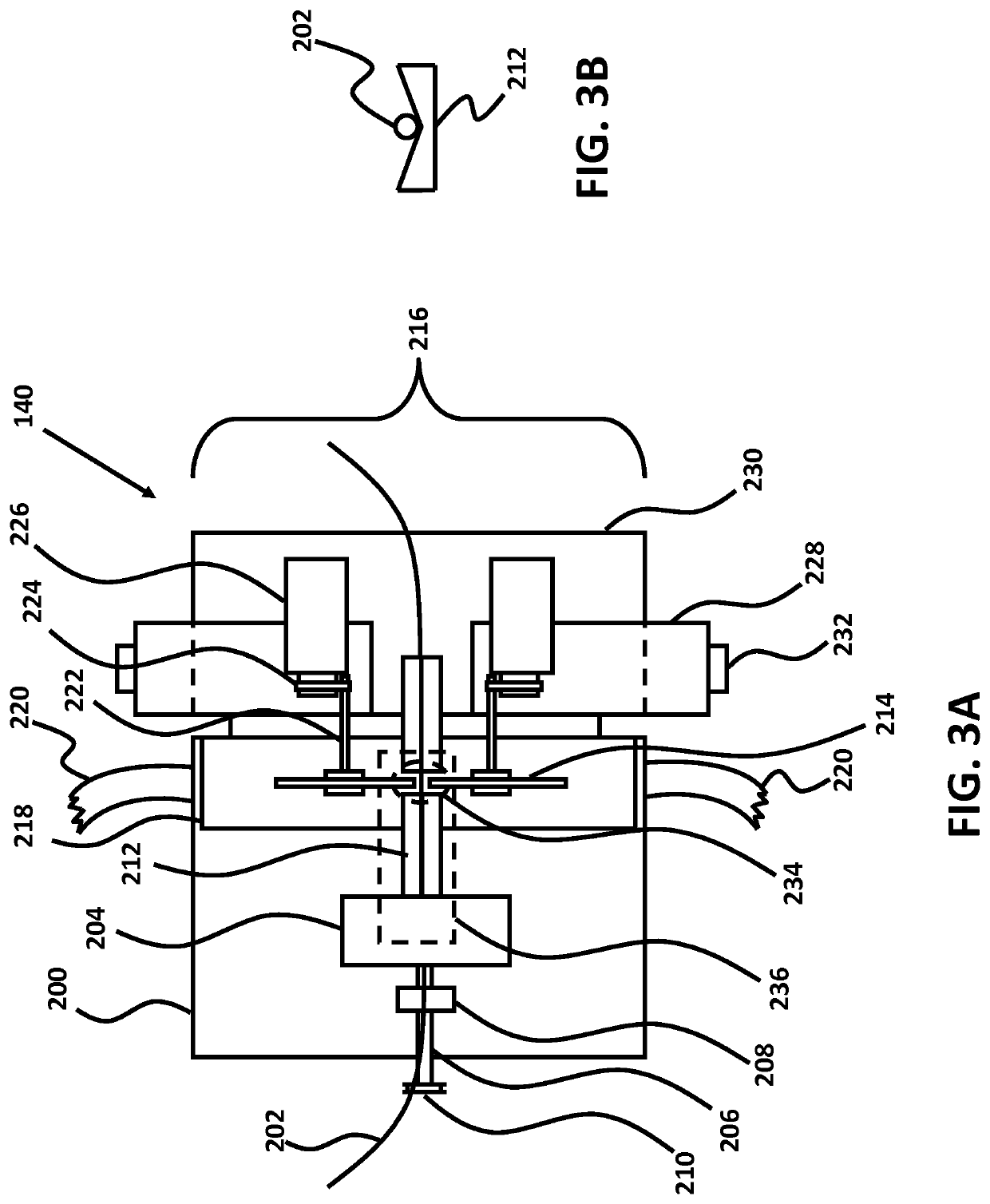Micro-fabricated intravascular devices having varying diameters
a micro-fabricated, intravascular device technology, applied in the field of polymer catheters and guidewires, can solve the problems of inability to carry out the operation, the aneurysm is a very fragile ballooned vessel wall, and the function of guidewires and catheters produced with current technology machines (as described in published patents) is limited, so as to achieve the effect of sufficient torquility, smooth and reliable transmission of torque through the entire length
- Summary
- Abstract
- Description
- Claims
- Application Information
AI Technical Summary
Benefits of technology
Problems solved by technology
Method used
Image
Examples
example 4
[0153] A tubular member made with any of the materials as above, where the interior lumen is not breached by the cutting of features or micro-fabrication.
[0154]Example 5: A tubular member as in Example 4 where the lumen is breached by the feature cutting.
[0155]Example 6: Any tubular member such as in Example 5 where there is also a wire disposed in the lumen.
example 7
[0156] All of the above Examples Ito 6, where the cut features (gaps or fenestrations) are substantially filled such that the outer surface is relatively smooth and the adjoining rings of the structures are essentially in mechanical contact with each other through the filling matrix material, such as polyether block amide, also referred to as PEBA or PEBAX™, which is of lower modulus than the cut material.
example 8
[0157] As in example 7 where the matrix material completely encapsulates the cut material, including interior portions for tubular material forming an interspersed skeleton of stronger material inside a fluid sealed wall of the matrix material.
PUM
| Property | Measurement | Unit |
|---|---|---|
| length | aaaaa | aaaaa |
| length | aaaaa | aaaaa |
| outer diameter | aaaaa | aaaaa |
Abstract
Description
Claims
Application Information
 Login to View More
Login to View More - R&D
- Intellectual Property
- Life Sciences
- Materials
- Tech Scout
- Unparalleled Data Quality
- Higher Quality Content
- 60% Fewer Hallucinations
Browse by: Latest US Patents, China's latest patents, Technical Efficacy Thesaurus, Application Domain, Technology Topic, Popular Technical Reports.
© 2025 PatSnap. All rights reserved.Legal|Privacy policy|Modern Slavery Act Transparency Statement|Sitemap|About US| Contact US: help@patsnap.com



